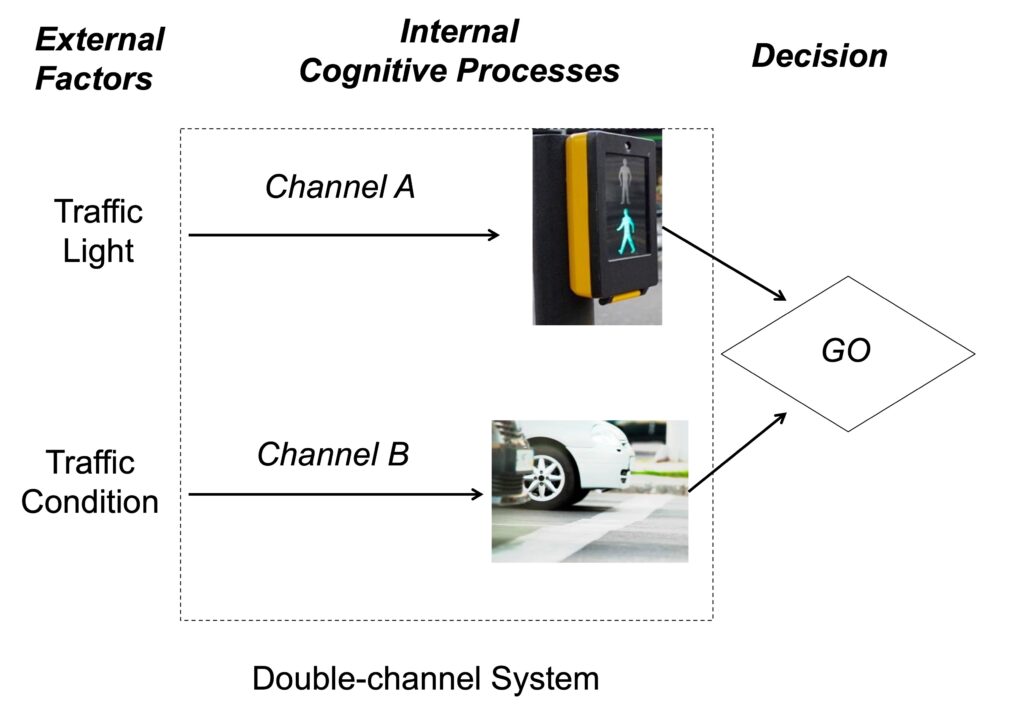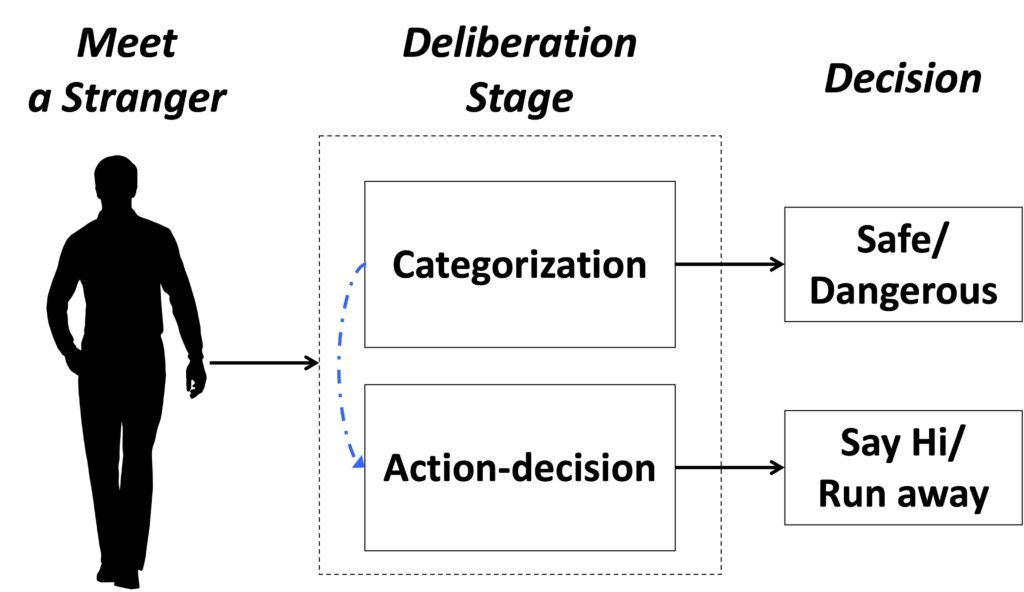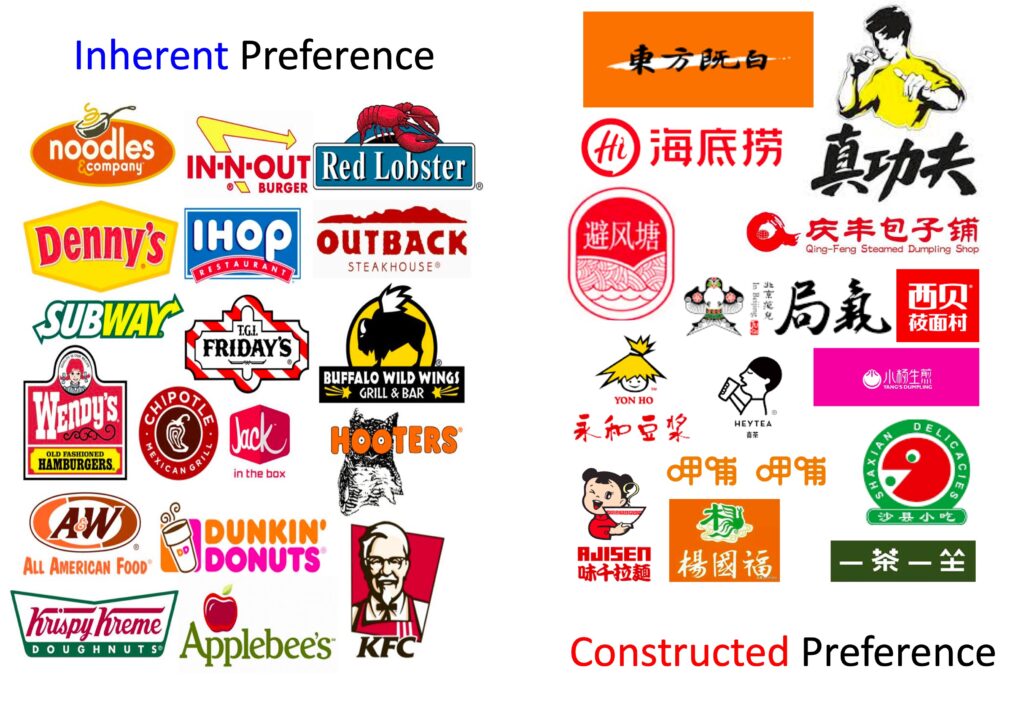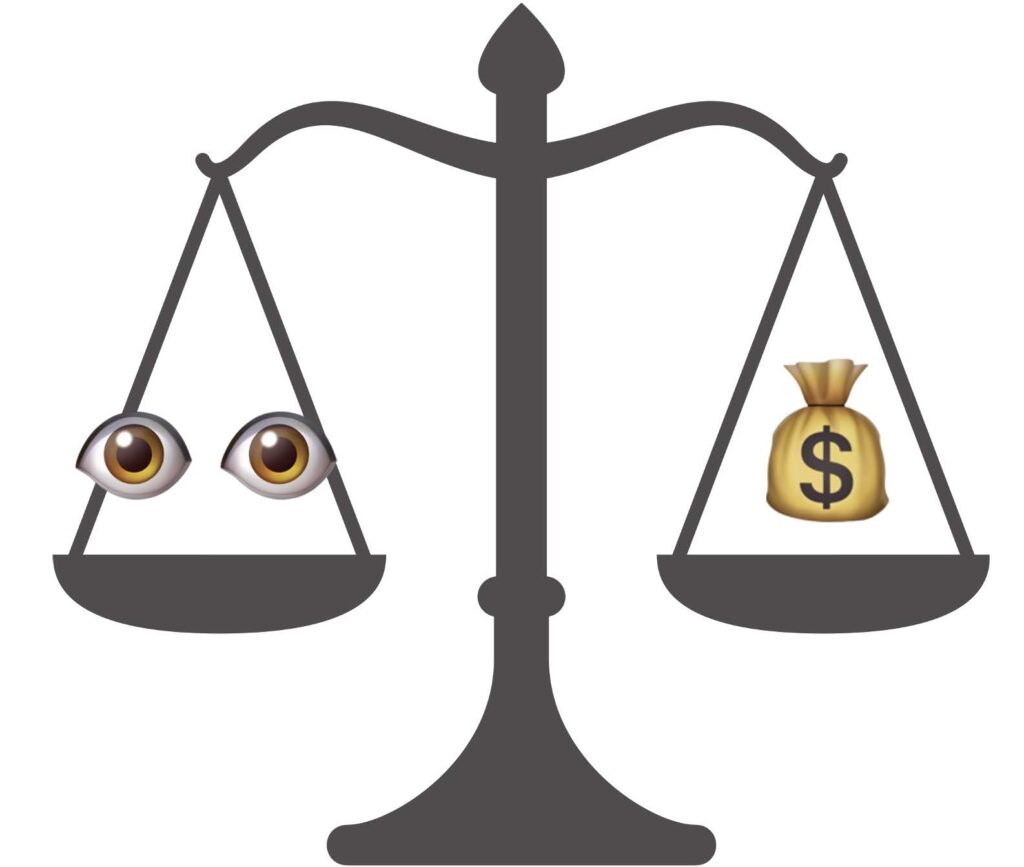A large portion of our everyday decision-making, ranging from object recognition to preferential choices, relies on information we obtain from multiple sources. I am interested in understanding (1) how people process multi-dimensional information when making perceptual judgment and preferential decisions; (2) how different inter-stage structures of decision events interfere with each other and influence subsequent decision; (3) how decision-making unfolds as a temporal dynamic process and interacts with experience and learning. To this end, I take a joint approach of computational modeling and experimental studies. My work spans domains of perception, visual search, categorization, and decision-making.
Cognitive Principles of Multi-dimensional Process

What are the cognitive principles that underly a multi-dimensional judgement such as crossing the street? By extending a set of theory-driven methods, namely the general recognition theory and the systems factorial technology, I investigate different types of dimensional dependencies (i.e., inter-dimensional and intra-dimensional independence) and characterize the cognitive structure (i.e., mental architecture, stopping rules and workload capacity) of multi-dimensional processes for various types of perceptual judgement and decision making.
One of the key findings is that for a set of elementary dimensions (i.e., the height and width of rectangles), both inter- and intra-dimensional dependencies in the perception process contributed to configurality. Furthermore, the cognitive processes of these dimensions tended to occur in a parallel manner and facilitated the processing efficiency for each other.
Inter-stage Relationships of Multi-stage Decision-making

Dependency also occurs between subsequent (or cognitively parallel) decision events. For instance, a decision on whether to behave in a friendly or defensive manner towards a stranger may be strongly determined by their categorization label. I am interested in deducing the underlying cognitive structures that differentiate between various types of dependencies between decision events by analyzing joint measures of response frequencies and response times.
An intriguing discovery reveals that one of the key principles behind the interference between seemly subsequent decision events (as the one described above) may lie in violations of selective influence.
Experience, Preference Construction and Decision-Making

As one of the most advanced intelligent machines on Earth, human constantly (learn to) acquire and store information through our experiences and (learn to) base our decisions on that information. In what ways does experience influence and shape the process of decision making?
I partially addressed this question within the domain of multi-alternative, multi-attribute choices where decision-makers had the opportunity to learn their preferences for simple counting tasks from experience. The primary finding suggested that stable (inherent) preferences could form with experience, but it did not diminish relative evaluations of options (i.e., the construction of preferences).
Risk-sensitivity in Hybrid Foraging

In hybrid foraging, foragers search for multiple targets in multiple patches throughout the foraging session, mimicking a range of real-world scenarios. When screening medical images (e.g., tissue samples or X-rays, mammograms), radiologists search for multiple potential signs of cancers (i.e., items) across multiple images (i.e., patches), which illustrates an example of hybrid foraging.
How does outcome uncertainty shape human foraging strategy? Our empirical findings show that people tend to adopt a certainty-seeking and risk-averse foraging strategy, which is similar to the strategy used in experience-based forced choices. Nevertheless, the risk-sensitive strategy in hybrid foraging seem to involve complex interaction between cognitive principles from both decision-making and visual search.